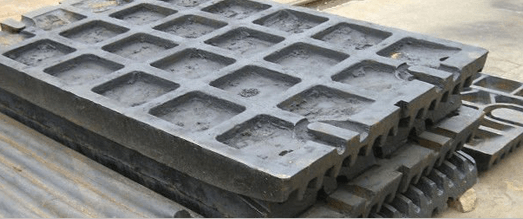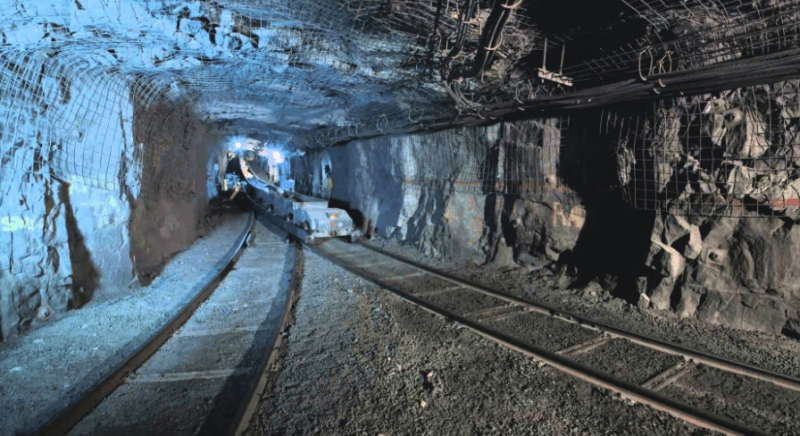Stoping Mining Methods
The subject of stoping has been discussed at considerable length by Jackson and Gardner in a Bureau of Mines bulletin. Data in this bulletin were compiled principally from those presented in reports, dealing with methods and costs at about 75 individual mines, previously published in information circulars. The principal mining methods have been summarized in […]
Manganese Steel Rails
Since the writer has been intimately connected with the development of manganese steel for many years, some remarks upon the early work with regard to the rolling and forging of this material might be of interest, and particularly as to the question of rails of special quality and of superior wearing qualities. In a paper […]
Casting Manganese Steel Liners for Mills or Crushers

When mixed with common cast steel in quantities ranging from 11 to 13½ per cent. and properly treated, manganese increases the ductility of the metal and adds greatly to its toughness and resistance to abrasive action, which properties comprise the distinctive characteristics that make manganese steel so valuable for many purposes at the present time. […]
Ore Hoisting Methods
Shaft Stations, Storage, and Loading Pockets Arrangements for handling ore and waste at the shaft will depend on the method of hoisting (whether in buckets, in cars on cages, or in skips); the tonnage and physical characteristics of the ore; whether two or more classes of ore must be hoisted and kept separate; the method […]
Waste & Ore Pass Design @ Underground Transfer Points
Ore passes are simply vertical or inclined openings for transfer of broken ore to the haulage system. They may be raises in the ore or in the walls of the deposit or timbered openings through filled stopes and, as previously stated, usually terminate at the bottom in some form of loading chute. They must be […]
Underground Ore Loading Chutes; Ore Chute Design
Gravity usually is employed wherever possible to move broken ore from stopes to the haulage levels, and ore-passes from the stopes terminate at the bottom in chutes, by means of which the flow of the ore into cars or onto conveyors can be controlled. An exception is where scraper haulage is employed on the level […]
Hydrometallurgical Equipment
The object of the first classification done in cyaniding work was to produce a leachable sand and overflow as small an amount of sand as possible with the ‘slime, which was usually run to waste. In the early days various arrangements of adjustable tank gates were used, and sometimes direct overflow of tanks filled with a […]
Rock Hammer Drills
The hammer drill rightly receives the credit for having made the one-man drill possible, and so many economies seem possible through the proper application of different types of hammer drills to various mining, quarrying, and excavating operations, that an indication of the economies effected by the New Jersey Zinc Co. at its Franklin mines may […]
Gold Bearing Gravel
Discovery of Gold Bearing Gravel in Canada A woman first discovered gold in the Chaudiere Valley near the mouth of Gilbert River. No attention was paid to the discovery, but a young girl named Clothilde Gilbert, taking a horse to water, found in the creek, close to the location of the previous discovery, a nugget of gold […]
Underground Mining Transportation & Haulage Systems

Transportation of Ore and Waste For the purpose of this discussion, “transportation” signifies the operations involved in transporting ore and waste from the face or stope where it is broken to the surface but not the handling of the ore within the stopes, which will be discussed under Stoping. It therefore includes loading cars from […]
